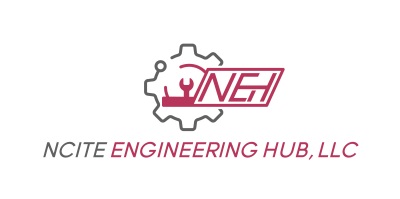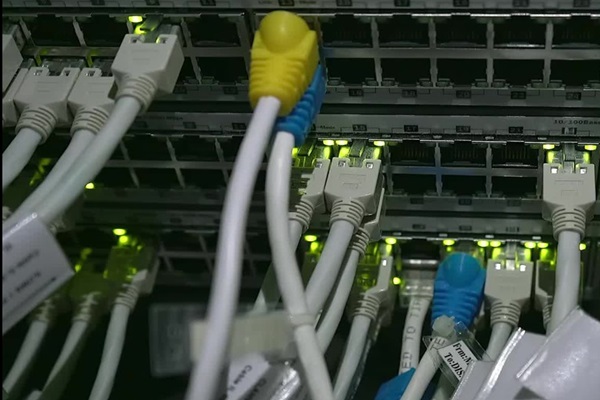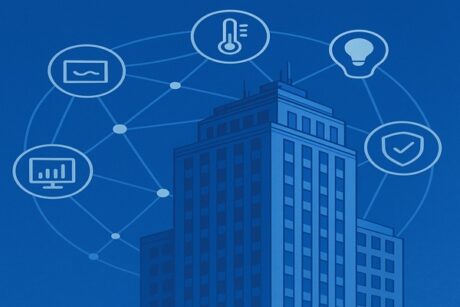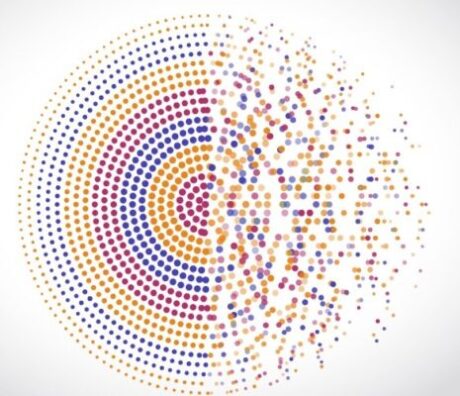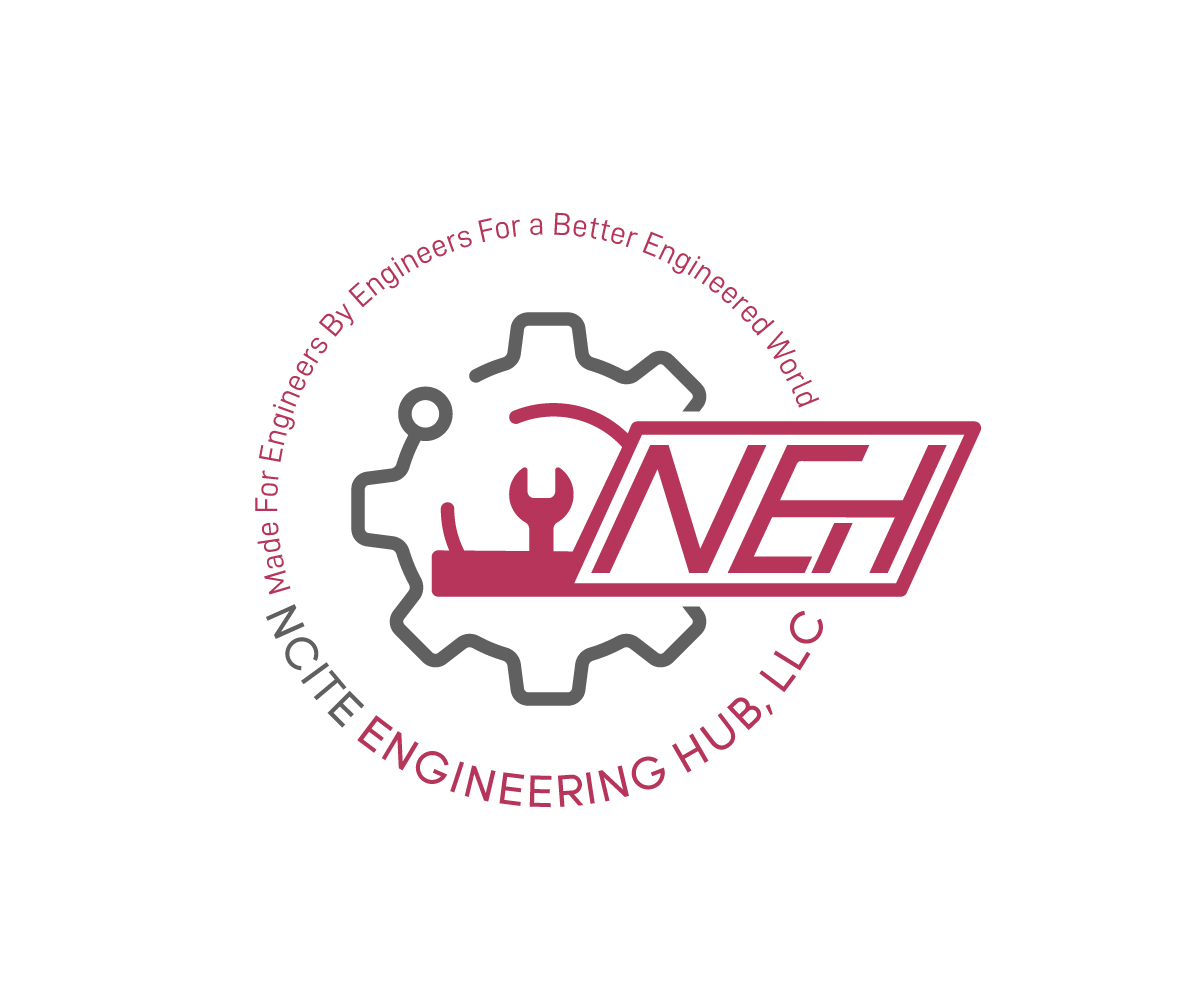- Course No E – 3035
- PDH Units: 2
No data found for Custom Course Number
No data found for Custom Course Units
- Course No E – 3035
- PDH Units: 2
Intended Audience: HVAC Engineers
PDH UNITS: 2
This document reviews the role of programmable logic controllers (PLCs) in HVAC equipment automation. It discusses the building design lifecycle, the transition from pneumatic to digital controls, and the sequence of operation for exhaust fans using PLC programming. The content introduces PLC hardware, wiring diagrams, communication protocols, and programming languages such as Ladder Logic (LAD), Statement List (STL), and Function Block Diagram (FBD). The course also demonstrates how sequences of operation are implemented in a PLC and highlights the role of SCADA systems in supervising and monitoring building automation processes.
Learning Objectives:
At the successful conclusion of this course, you will learn the following knowledge and skills:- Discuss building design lifecycle and the integration of HVAC systems.
- Explain the transition from pneumatic controls to digital PLC-based controls.
- Identify the hardware components and communication interfaces of PLCs.
- Interpret wiring diagrams and control circuits for HVAC equipment.
- Analyze the sequence of operation of exhaust fans controlled by PLCs.
- Recognize the use of different PLC programming languages (LAD, STL, FBD).
- Implement temperature-based control logic in PLCs for HVAC applications.
- Examine PLC hardware interface setup in Simatic Step 7.
- Explore the connection between PLC systems and SCADA for building automation.
- Evaluate the advantages of PLC-based HVAC control in terms of energy savings and equipment operating hours synchronization.
Once completed, your order and certificate of completion will be available in your profile when you’re logged in to the site.

